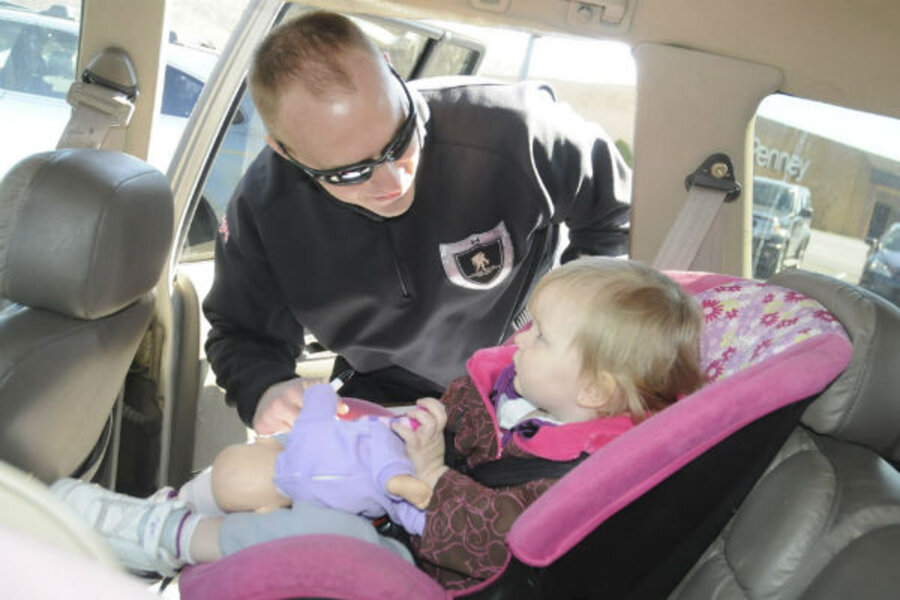CDC says child injury deaths down; prescription drug overdose up
Loading...
Child injury deaths in the US dropped nearly 30 percent from 2000 to 2009, the Centers for Disease Control and Prevention reported yesterday, but more than 9,000 children still die each year from unintentional injuries such as car accidents and poisoning.
Injury is still the number one cause of death among children; car crashes, suffocation, drowning, poisoning, fires, and falls are the most common ways children are hurt or killed, the CDC reports.
Photo Gallery: Around the World in 16 babies!
And while researchers and medical experts said the findings meant that more than 11,000 children’s lives had been saved, they also pointed to some new, trends to consider:
Poisoning death rates among children have increased significantly over the past decade, driven, researchers say, by a 91 percent increase among teens. Doctors said prescription drug overdose is the most common form of poisoning in this age group.
“The picture with teens is not that different from what’s happening with prescription drugs for the entire population,” said Ileana Arias, principal deputy director for the CDC, in a conference call with reporters.
Suffocation death rates among infants under one year of age have also increased, by 54 percent.
And while motor vehicle deaths have decreased by 41 percent, they still account for half of all child injury deaths.
“In order to keep our kids safe from injury, we need two main things,” said Julie Gilchrist, a medical epidemiologist in the CDC division of unintentional injury prevention. “First, we need safer environments, reducing the risk of injury for children where they live, learn and play. And second we need empowered parents and other caregivers who have the knowledge and skill to make the right choices for safety every time.”
She said there are many ways to make environments safer: choosing play areas with soft landing surfaces, ensuring homes have well-functioning smoke alarms, and installing fences with self latching gates around swimming pools. Keeping children safe in cars with seatbelts and safety seat and keeping medicines away from children and teens are also key, she said.





